2020-2021 Synth Purchase Memo, Part II
The astonishing infectiousness of the Omicron variant of Covid-19 left me astounded. It seems that airborne transmission, especially aerosol infection, has become predominant. Some experts even say it’s 70 times more infectious than Delta. My band canceled studio sessions for February as a result. Frustrated by the lack of band activity, I ended up buying five new instruments over the past two years. In a previous post, I reviewed one of them, the TAKE5 by Sequential, which was fantastic. Now, I’ll report on the other four synthesizers.
Yamaha Organ YC’s Miniature Version...? More Than That!
The first keyboard instrument I played in college was Yamaha’s YC-10—a simple cream-colored organ owned by our light music club. It had one tier of keys and even some graffiti drawn by a senior member. I connected it to a Yamaha rotary speaker that my colleague owned. This speaker, which mimicked the Leslie speaker, created the tremolo sound essential to organs by physically rotating the speaker for a rotary effect. While it rotated vertically rather than horizontally like the Leslie, it was still a decent organ speaker, and it still works even after more than 40 years. Yamaha truly made excellent equipment.
Now, let’s talk about the reface YC, an organ simulator I recently purchased. Though released a while ago, it’s a remarkable instrument. Initially, I assumed it was just a toy, but actually handling it changed my mind. It sounds great when connected to an amp, and despite the mini-keys, the keyboard is surprisingly playable. It’s portable enough to practice in the car and has a refined, somewhat high-end feel, unlike many of the gadgets out there. The instrument has built-in effects like reverb and distortion and includes the essential rotary sound effect for organs. Many professional musicians use it, including Chan Mari from Gesu no Kiwami Otome. The first unit I received from Sound House had distortion in the onboard speaker when playing 3-note chords at around volume 5, so Yamaha kindly replaced it. It runs on six AA batteries, which last a while, and the sturdy keys make playing enjoyable. I think it’s the attention to detail—the sounds, features, effects, key feel, and switch quality—that make this instrument so good. Though these features are standard, bringing them all together in a compact keyboard isn’t easy. Yamaha’s dedication is clear, and it’s probably this commitment that has driven the popularity of the reface Series. That pride in craftsmanship is likely why they’re still a renowned instrument maker.
Yamaha / reface YC Organ Modeling Synth
Miniature Version of the Legendary Electric Piano CP-70?
The CP-70, famously bought in bulk (7 units!) by a world-class keyboardist during a 1977 visit to Japan, was the electric piano sound of its era. In Japan, musicians like Kazumasa Oda, Junko Yagami, Twist, Southern All Stars, and Omega Tribe all featured the CP in their TV performances. I fell in love with the reface CP, which carries on the CP’s name. Like the YC Series, it impressed me with its sound quality and its ability to replicate several classic electric piano tones. It reproduces a lovely Fender Rhodes sound, and there’s a trick where you can switch between sounds by toggling the tone select switch to a midpoint before powering on, giving you an acoustic piano tone. Due to the semiconductor shortage, it’s currently hard to find the reface series at many stores, not just Sound House. I’d also like to buy the reface CS, but availability is limited. I eagerly await the chance to get it.
Yamaha / reface CP - Electric Piano Modeling Synth
Behringer Odyssey Synthesizer
The ARP Odyssey, first released in 1972 by ARP Instruments in the U.S., is a legendary synthesizer that saw three updates by 1981 and won over numerous musicians. The Odyssey featured an orderly layout with sliders on a white panel. Unlike the rugged, mechanical look of the Minimoog, the Odyssey had a modern, refined design. Sound-wise, it contrasted the Minimoog’s thick tones with a sharp, crisp sound, and it offered duophonic capability (two notes at once) instead of being purely monophonic. In Japan, Ryuichi Sakamoto performed brilliantly with it at Tatsuro Yamashita’s Pit Inn live show.
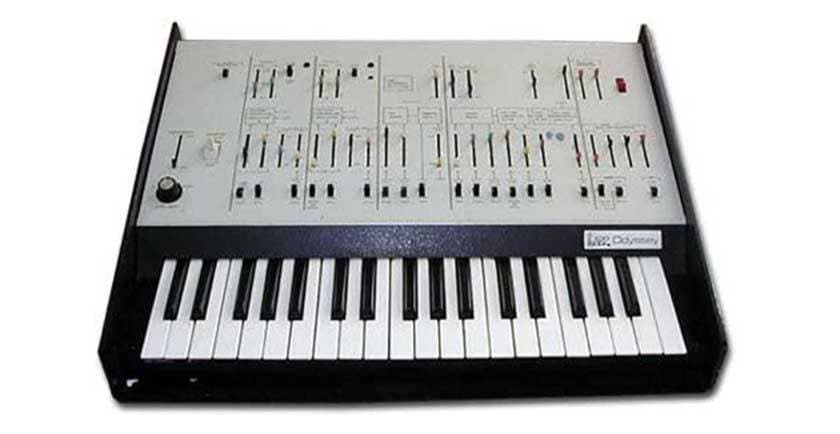
ARP Odyssey Synthesizer Rev1 (Original Model)
Behringer revived this classic synthesizer at an affordable price, attracting significant attention. Korg also released a reissue, but since it came with mini-keys (a full-scale version was later released at a high price), I chose Behringer’s version. The sound had the distinctive sharpness of the ARP, but being accustomed to polyphonic synthesizers, I lost interest in bringing it to band practice and eventually sold it.
Korg wavestate Synthesizer
Korg released the wavestate as a next-generation version of the historically significant Wavestation. I bought it because it was relatively affordable and had full-scale keys. While it does offer wonderful sound effects and spacious pads, I found few sounds that fit live band settings, and creating custom sounds required diving deep into the menu, which was too complicated for an analog enthusiast like me. As a lesson, I recommend testing instruments in stores before purchasing.
The column “sound & person” is made possible by your contributions.
For more information about submissions, click here.





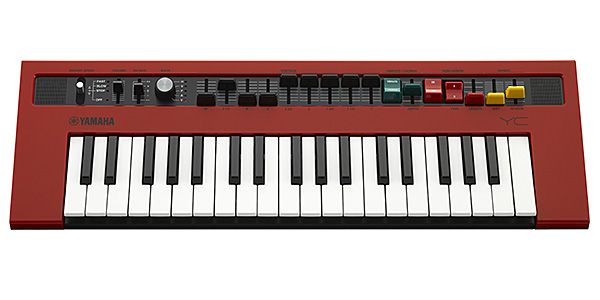
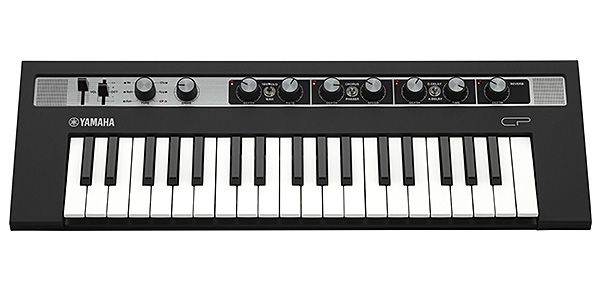
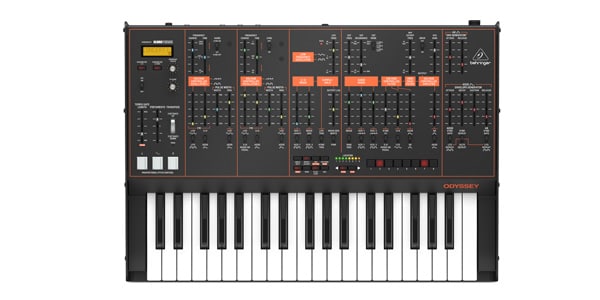
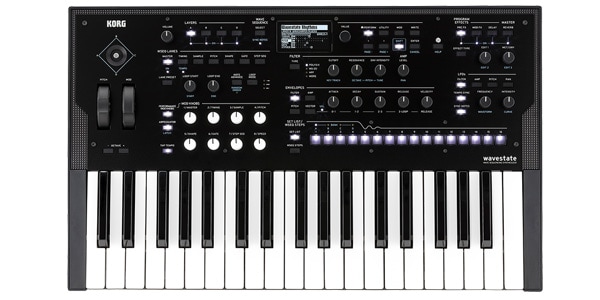

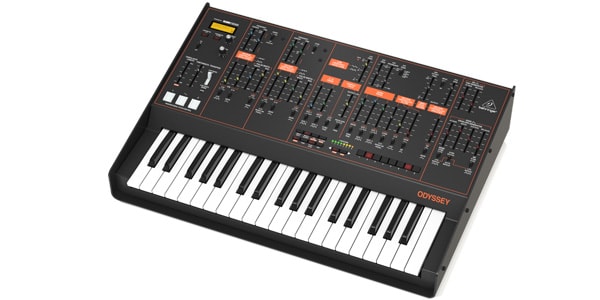








![[2025 Latest Edition!] Popular Modular Synthesizer/Semi-Modular Synthesizer Ranking [Recommendations]](/contents/uploads/thumbs/2/2021/12/20211202_2_15495_1.jpg)

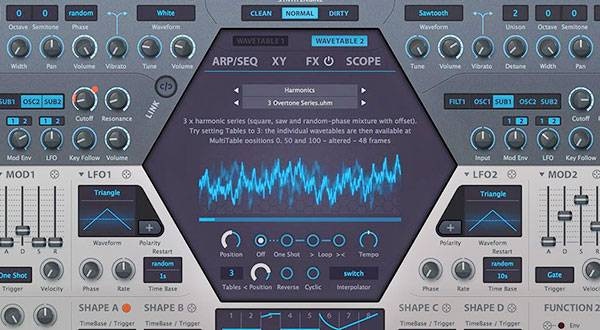
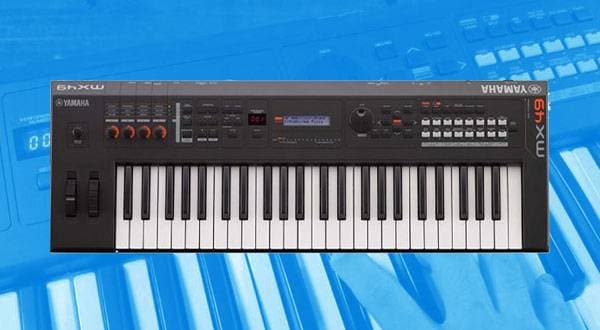
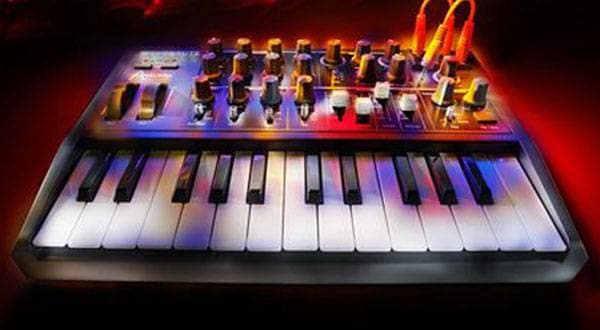
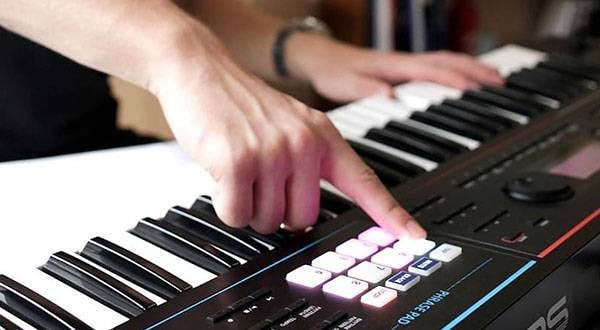
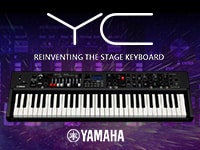 YAMAHA YC61 特集
YAMAHA YC61 特集
 おすすめの電子ピアノ
おすすめの電子ピアノ
 超オススメのフレーズ道場 キーボード
超オススメのフレーズ道場 キーボード
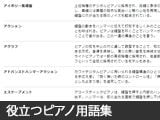 自分にあったピアノを選ぼう!役立つピアノ用語集
自分にあったピアノを選ぼう!役立つピアノ用語集
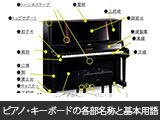 ピアノ・キーボードの各部名称
ピアノ・キーボードの各部名称
 キーボード・ピアノ講座
キーボード・ピアノ講座















